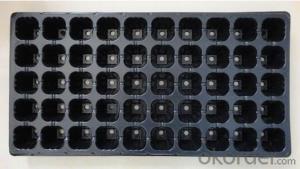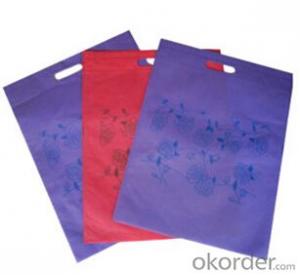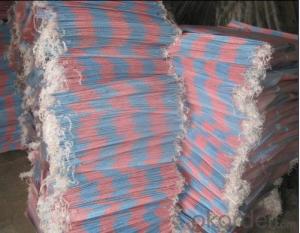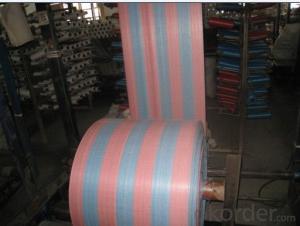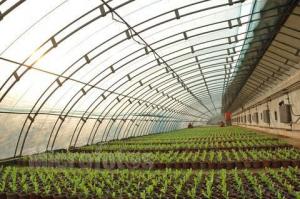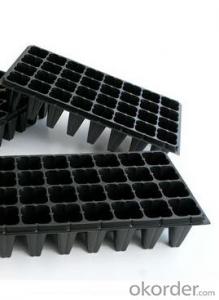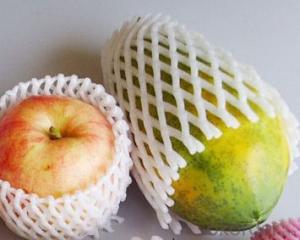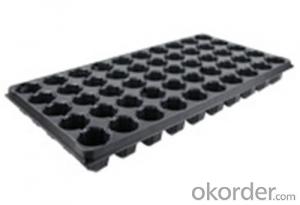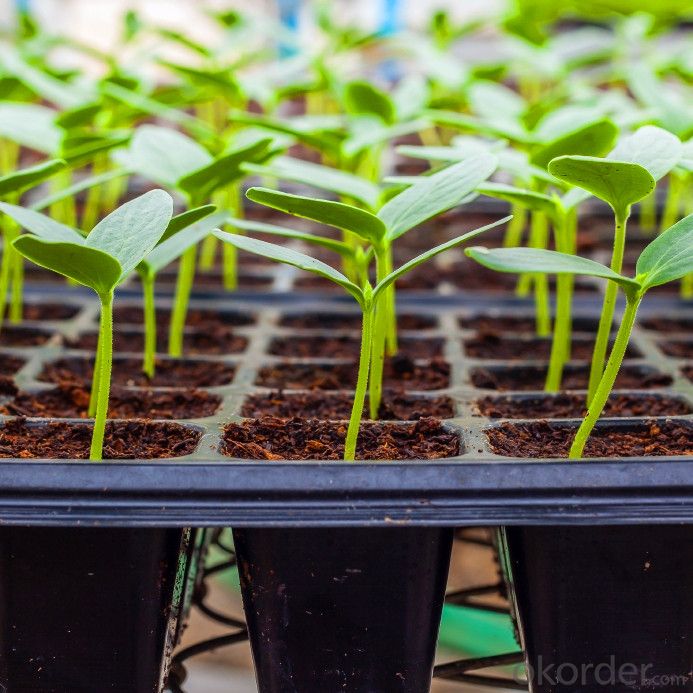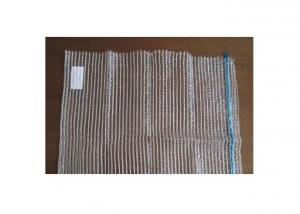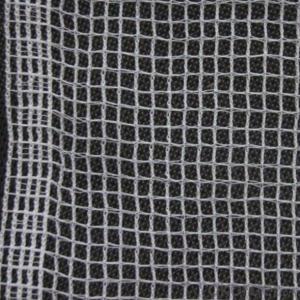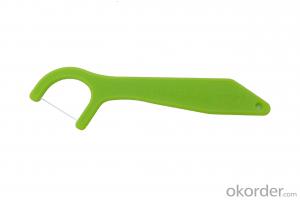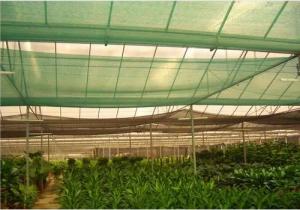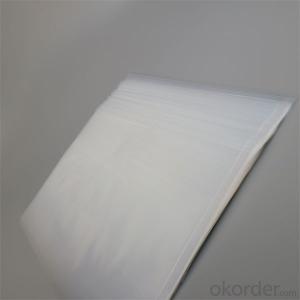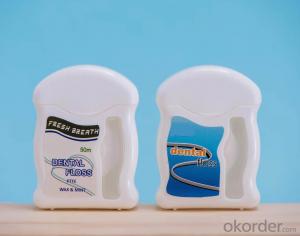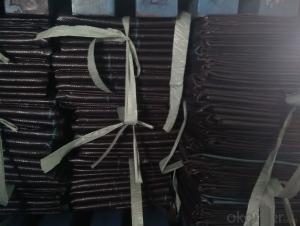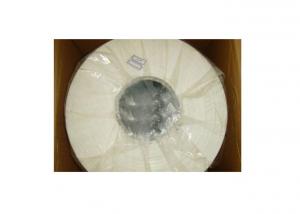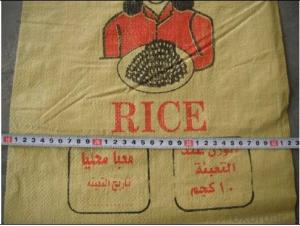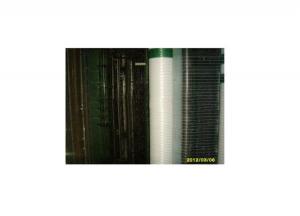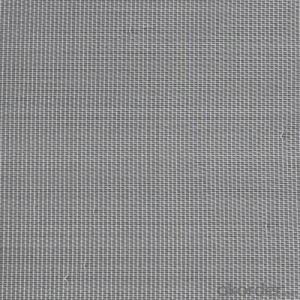Plastic Growing Plastic Seed Tray/Plastic Seedling Tray
- Loading Port:
- China main port
- Payment Terms:
- TT OR LC
- Min Order Qty:
- 1000 pc
- Supply Capability:
- 10000000 pc/month
OKorder Service Pledge
OKorder Financial Service
You Might Also Like
Structure of the seed tray: · Top quality and competitive price. · Variety design and good appearance. · Easy to use, and remove. · Durable and reusable. · Eco-Friendly.
Advantages: · Top quality and competitive price. · Variety design and good appearance. · Easy to use, and remove. · Durable and reusable. · Eco-Friendly.
Application: · Ideal for Starting seeds and Transplanting Seedling. · Suitable for both manual and automatic planting. · Suitable for Propagating Vegetables, Flowers and other plant from seed · in green-house or indoors.
Description Main Features of the seed tray: · Ideal for Starting seeds and Transplanting Seedling. · Suitable for both manual and automatic planting. · Suitable for Propagating Vegetables, Flowers and other plant from seed in green-house or indoors. Using time: · thickness of 0.5mm can be used 1 to 2 times. · thickness of 0.6mm can be used 3 to 4 times. · thickness of 0.7mm can be used 5 to 6 times. · thickness of 0.8mm can be used 7 to 8 times. · thickness of 0.9mm can be used 8 to 9 times. · thickness of 1.0mm can be used 8 to 10 times. Thickness vs. Weight: · Thickness of trays are from 0.5mm to 1.0mm. · 1.0mm: 155g±5g; 100pcs/ctn. · 0.9mm: 140g±5g; 120pcs/ctn. · 0.7mm: 110g±5g; 150pcs/ctn. · 0.6mm: 95g±5g; 180pcs/ctn. · 0.5mm: 80g±5g; 200pcs/ctn.
Seed Tray Specification: Materialps/pvcThickness0.5mm-1.5mm, standard:1mmWeight80g(±5)g-230g(±5)g, Standard weight:155g(±5)gSizelength:490mm-540mm, width:190mm-345mm,depth:25mm-150mm Standard:54mmX28mmCell count18-512Packagein cartonUsing time8-10 times
FAQ: Q:How Can I Get A Sample? A:You can get samples by communicate with our export sales. Q:How Long Is Delivery? A:Delivery time will be 7-25 days according to order quantity. Q:What Is The MOQ? A:Our MOQ is 1*20FT container quantity, allow to mix several items. Q:What Is Our Normal Payments Terms? A:Our normal payment terms now is T/T, L/C or Western Union,Papal. Q:How Do I Order Your Products? A:You can check our website for any items you interest and you can also get communication with our export sales and order for it accordingly. Q:What Kinds Of Material We Use In Our Product? A:Our plastic flower pots use material such as PP polymer or PE polymer.
|
- Q:What is the difference between plastic and elastic collision?
- In an elastic collision the prefix word perfectly being omitted, mechanical energy is conserved. In a plastic collision unlike the above there is some permanent deformation due to the collision. This deformation means that some energy was not conserved (ie lost in terms of the total mechanical energy)
- Q:What are the advantages of using plastic twine and ropes for crop support?
- There are several advantages of using plastic twine and ropes for crop support. Firstly, plastic twine and ropes are highly durable and resistant to weather conditions, which ensures they can withstand the weight of growing crops without breaking or deteriorating. Additionally, plastic twine and ropes are lightweight, making them easy to handle and install in the fields. They are also flexible, allowing for easy adjustments as crops grow, ensuring proper support throughout the entire growth cycle. Moreover, plastic twine and ropes are generally affordable compared to other materials, making them a cost-effective choice for farmers. Lastly, plastic twine and ropes are resistant to moisture, preventing them from rotting or degrading when exposed to irrigation or rain, thus providing long-lasting support to the crops.
- Q:Can nursery trays be used for starting tree transplants?
- Yes, nursery trays can be used for starting tree transplants. Nursery trays provide a controlled environment for seedlings, allowing them to develop strong root systems before being transplanted outdoors. They also make it easier to manage and transport multiple seedlings efficiently.
- Q:How do I choose ground cover for a steep, rocky slope?
- When choosing ground cover for a steep, rocky slope, it is important to consider a few key factors. First, opt for plants that have strong root systems to help stabilize the slope and prevent erosion. Look for ground covers that are low-maintenance and drought-tolerant, as they will thrive in rocky and challenging conditions. Additionally, select plants that can spread and fill in the area quickly to provide effective coverage. Some suitable options may include creeping juniper, creeping phlox, or ornamental grasses. Ultimately, it is essential to choose plants that are well-suited to the specific conditions of your slope to ensure their successful growth and longevity.
- Q:Where can nursery trays be purchased?
- Nursery trays can be purchased at various places such as gardening supply stores, online retailers, plant nurseries, and even some home improvement stores.
- Q:How does plastic ground cover fabric assist in soil erosion control?
- Plastic ground cover fabric helps in soil erosion control by creating a physical barrier that prevents the soil from being washed away by water or blown away by wind. The fabric acts as a protective layer, reducing soil erosion caused by heavy rainfall and improving stability on slopes. Additionally, it helps retain moisture in the soil, promotes root growth, and prevents weed growth, further enhancing erosion control.
- Q:Can nursery trays be used for starting a pollinator garden?
- Yes, nursery trays can be used for starting a pollinator garden. Nursery trays are often used for starting seeds or propagating plants, and these young plants can be excellent additions to a pollinator garden. By starting seeds in nursery trays, you can ensure a strong and healthy start for your pollinator garden, giving the plants a better chance to thrive and attract pollinators.
- Q:Are nursery trays suitable for starting medicinal herbs?
- Yes, nursery trays are suitable for starting medicinal herbs. Nursery trays provide a controlled environment for germination and early growth, allowing the herbs to establish strong roots before transplanting. They also help in managing moisture levels and ensure proper spacing between plants, promoting healthier growth. Additionally, nursery trays make it easier to monitor and care for the herbs, making them an ideal choice for starting medicinal herbs.
- Q:okay so when i go to collage i want to become a plastic surgeon for kids that have burns. but how much does it pay?
- Most plastic surgeons, like most other physicians, are independent businessmen who are profitable only when their income exceeds their expenses. Their income is based on the amount charged per procedure times the number of patients minus expenses. Expenses are costs such as office rent, medical supplies, staff costs (nurses, receptionists and anyone else they might need) and the BIG expense is their malpractice insurance. Their pay is, therefore, based on the number of patients they see. They need to work up an outstanding reputation and have a good location. A good plastic surgeon in NY or LA will make a LOT more money than a good plastic surgeon in a less populated area like Wyoming. They can make as much as a million dollars a year. s
- Q:it a plastic cage ok for rats?
- I'm guessing you are the person who just emailed me with the same question, but I'll post my answer here as well so other people may benefit. A plastic cage is generally not a good idea. They can chew it and escape, and they are also often too small as they are made for hamsters, and since they are not very well ventilated it can cause the ammonia from the rat's urine to build up and cause respiratory problems. A rat needs at least 2 cubic feet of space, so the cage should be at least that large. If your rat has tiny babies, though, she will be fine in a plastic cage for now, but once the babies are 4-5 weeks old you can move her into a larger wire cage if the bar spacing is narrow enough.
1. Manufacturer Overview |
|
|---|---|
| Location | |
| Year Established | |
| Annual Output Value | |
| Main Markets | |
| Company Certifications | |
2. Manufacturer Certificates |
|
|---|---|
| a) Certification Name | |
| Range | |
| Reference | |
| Validity Period | |
3. Manufacturer Capability |
|
|---|---|
| a)Trade Capacity | |
| Nearest Port | |
| Export Percentage | |
| No.of Employees in Trade Department | |
| Language Spoken: | |
| b)Factory Information | |
| Factory Size: | |
| No. of Production Lines | |
| Contract Manufacturing | |
| Product Price Range | |
Send your message to us
Plastic Growing Plastic Seed Tray/Plastic Seedling Tray
- Loading Port:
- China main port
- Payment Terms:
- TT OR LC
- Min Order Qty:
- 1000 pc
- Supply Capability:
- 10000000 pc/month
OKorder Service Pledge
OKorder Financial Service
Similar products
New products
Hot products
Hot Searches
Related keywords
